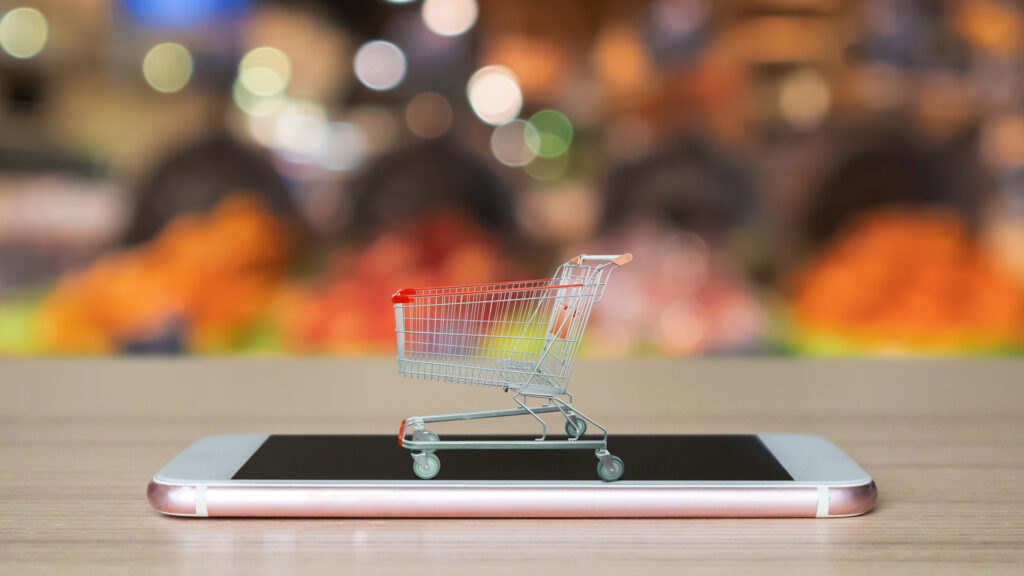Gamification is a hot topic right now (and has been for a few years), especially as retailers look at ways to increase engagement with their customers and chase ever increasing sales targets. In this article we look at what gamification can do for ecommerce, and some simple steps to start implementing gamification principles.
What is Gamification?
Gamification is the application of game-design elements and game principles in non-game contexts. These principles can be used to achieve the holy grail of marketing – Sustained Engagement.
The Four I's of Engagement
• Involvement Gamification allows retailers to increase participation among customers, leading to increased site returns, new visitors and registrations.
• Interaction Content becomes more meaningful to shoppers when they are connected to brands and retailers. Gamification incentivises players to interact with products, leading to the increased likelihood of purchase. For example, marketers can leverage an action/reward dynamic for the activities and behaviours they want to increase.
• Intimacy – A leading challenge for retailers is making their brand more approachable and personable. Through gaming strategies, retailers can spark a real-time, personal connections with customers, deliver entertainment and rewards, and encourage long-lasting and trusted relationships.
• Influence Incentives such as tokens, badges and offers encourage customers to share games with their peers. Encouraging “bragging rights” helps boost word-of-mouth and encourages bystanders and other peers to join the game.
Why Is It Useful?
• Improves customer engagement
• Can help customers learn and understand key points and advantages of an offering through reward
• Can provide a less aggressive introduction to the eCommerce sales process
• Can add personality to a brand and add a new content experience
• Can help provide differentiation to competitors
• Aid customer data gathering and understanding – especially if this data can be used to segment customer databases efficiently
How Can we Apply Gamification to Retail?
In applying gamification to retail we need to ensure that we understand the essential elements of a game, and the figure below summarises these nicely.
Who does it well?
The truth is that for all the hype, not very many people do it well – and that presents a real opportunity for those prepared to put the effort in. However some good examples are:
eBay
eBay’s seller feedback not only provides quality control, but adds a level of achievement and challenge to the sales process
Victoria’s Secret
The lingerie chain’s Pink Nation app builds social communities through games, shopping and style galleries. Members access filters and stickers to “pink” their favourite pictures and get sneak previews. It uses the Tinder style – Hot or Not – mechanics to help drive social engagement.
Whole Foods
The health orientated grocery chain leverages game mechanics to enhance the social media and mobile components of existing marketing campaigns. In a recent promotion, Whole Foods rolled out the “14-Day Blast Off” campaign, which challenged consumers with a set of tasks that focus on making healthy life choices such as getting daily exercise or eating better and rewarded them with mission badges. Interestingly, Whole Foods also uses gamification to promote positive behavioural change among employees. If the employee can achieve company goals like losing weight, they can get a discount on products.
eConsultancy has some other examples of successful gamification – take a look here.
Here are some ideas (6 in fact!)
• Use of Scavenger Hunts can ensure that customers visit key pages.
• Use of loyalty points can be the basis of a gamification strategy, and allow customers to achieve higher levels of Customer group and therefore attain additional privileges and discounts. Reward the behaviour you want – which should include newsletter signup, social sharing, product reviews.
• Debate orientated forums can ensure customers can both put forward their opinions (perhaps in a moderated format), and importantly can hold a running total on results. Thus is a retailer asks which do you think is the next big thing – A or B? they can get a wealth of content in response, and get a ‘Result’.
• ‘Find out your type’ surveys can help with product selection and promotion, as well as gathering vital customer data, and appealing to the vanity and discovery side of customers. Not strictly a gamification technique – but useful nonetheless.
• Amasty, the Magento extension store, offers a range of techniques for gamification.
• Aheadworks offers a basic gamification extension for the Magento platform.
Want more?
Williams Commerce can deliver a range of gamification solutions to customers, ranging from retailer specific games and competitions to advanced loyalty solutions. Call us on 0116 326 1116 or contact us via email to talk to one of our eCommerce experts.



